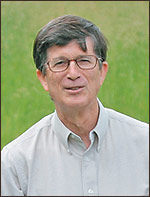Tuesday, January 17
| 09:45 a.m.- 10:30 a.m. | Spring Semester Opening Day, Montag Den To kick off ICL Spring Opening Day, join the group for coffee and refreshments courtesy of ICL Social Directors Jan Svingen and Ruthann Panck. Also hear news and announcements about ICL from our Executive Director Mark Kasoff. Membership Director Alice Sorensen will introduce new members; Bob and Kathy Plantz, Jean Massie, Glenn Olmstead, Kathleen McKiernan and welcome back returning member Pat Hoffman. **Please wear your name tag!** |
| 10:30 a.m.–11:30 a.m. | "A Willamette University Welcome," Carol Long, Vice-President of Academic and Student Affairs, Montag Den
|
| 11:30 a.m.–12:30 p.m. | "The Willamette Academy," Emilio Solano [Maureen Caudill] , Montag Den
|
| 1:30–3:30 p.m. | "ICL Members Up Close," [Don Gallagher], Kaneko Auditorium ICL is made up of a very interesting group of folks with fascinating backgrounds. In this session which has become an ICL tradition, we will get to know a few of them a little better as we ask them to share an interesting story from their family, their work experience, or world experience. Today we will hear from the following ICL members, who will each share a 15 minute story: Milt Robbins Erma Hoffman This presentation was originally scheduled on Thursday December 8th but postponed owing to weather conditions. |
Thursday, January 19
| 9:00-10:30 a.m. | January ICL Board Meeting, Location TBA |
| 10:30 a.m.-12:30 p.m. | "Explore Body Mapping!" Cynthia McGladrey [Scott Reichlin], Kaneko Auditorium The body map is one’s self representation in one’s brain; it is what our brain knows about ourselves. Body maps in our brain inform the movement of our body. Humans move their bodies based on the accuracy of their body maps. When our body maps are accurate, we move with integrity, balance, ease and coordination. If our body maps are inconsistent with our actual size, structure and function, we may not move well. Body Mapping is the building, correction and refinement of our body maps. Body Mapping is the study of how human anatomy applies to everyday movement. The goal of Body Mapping is not to change what you do, but how you do it. This course offers an opportunity for students to explore sitting, standing, walking and computer and phone use with more efficiency, more mindfulness and more ease. • Body Mapping enhances the movements of everyday life to promote freedom from pain, tension and injury. Emphasis in this course will be on skeletal support and balance to avoid pain and promote efficiency of movement for the whole back, arms and neck.
|
| 1:30-3:30 p.m. | "A Field Guide to Rectangles: Surveying the Use of Proportions in the Visual Arts," Jim Hockenhull [Jinx Brandt], Kaneko Auditorium "I want my work to be a vehicle which takes me places I've never been before" When I got into making books, I found myself wondering why paper came in the sizes and shapes it does. That in turn got me asking why artists work in the proportions they do. Why do they select certain shapes, certain sizes? How does that affect the content of their work? Is there any consistency in such choices throughout art history, throughout the world? Is there any substance to the myths surrounding such numerical marvels as the Golden Mean? Is there a connection between ratios in music and in the visual arts? I set to work examining the proportions of well-known artworks (what shape is the Mona Lisa?) and others less familiar. The results were eye-opening. In this talk I’ll share what I have found, hoping it will give my listeners more tools to increase their understanding and appreciation of art.
Learn more about Jim's art and music at: http://www.jimhockenhull.com |
Tuesday, January 24
| 10:30 a.m.-12:30 p.m. | "The Rainbow Effect: An Examination of Sexual Orientation and Gender Identity," C.M. Hall [Betty Kasoff], Kaneko Auditorium Queer, Cisgender, Trans, Genderqueer, Intersex, Pansexual, Heterosexism, LGBTQQIAA… Many of these terms and more are new and can be confusing. This engaging and lively presentation will help define these terms related to sexual orientation, gender identity and expression and help increase your multicultural sensitivity and competence. There will be time for a general Q & A as well as extend to an optional lunch chat on the topic after the presentation.
CM has also had a successful career as a fundraiser and political strategist for nonprofit and LGBTQ organizations, and has worked on several national and statewide candidate campaigns as well as ballot initiatives. Currently she chairs the Equality PAC for Basic Rights Oregon. |
| 1:30–3:30 p.m. | Great Decisions: "International Migration," Jeanette Flaming, Kaneko Auditorium
This is our final topic in our 2016 text. Please read the text (p.35) and other sources and come prepared for discussion. How does your own family history fit in? www.greatdecisions.org/International migration
MIgration stories were shared by: Jeanette Flaming, Ingrid Brandt, Bob Plantz, Rob Elder, Mike Gilbert, Jan Miller, Elsie Nichols, Kathy Olcott, Nancy Richings, Grant Thorsett. |
Thursday, January 26
| 10:30 a.m.–12:30 p.m. | "The Known World," Ken Ash, Kaneko Auditorium
|
| 1:30–3:30 p.m. | "Psychology for Sustainability," Sue Koger [Anne Bowden], Kaneko Auditorium Environmental degradation (e.g., resource over-consumption, pollution, global warming) is the most pressing problem confronting contemporary society. Without a livable planet, humans, like other animals, cannot survive. Because human behavior is at the root of the problem, Psychology, the science of behavior, offers important insights for understanding and changing unsustainable individual and societal systems. Research from sub-fields including behavior/learning theory, cognitive, social, developmental, and health psychology will be reviewed to demonstrate how the growing field of Conservation Psychology offers hope for solving the enviro-social challenges we face.
|
Tuesday, January 31
| 10:30 a.m.–11:30 a.m. | "Rhythm, Music and the Brain," Roger Anunsen [Solveig Holmquist], Kaneko Auditorium “Music is Medicine of the Soul” Plato (487-427 BC). “Music is the Medicine of the Mind.” US Sen. & Civil War Gen. John A. Logan (1826-1886). For decades, thought leaders, national leaders, family members, friends, music therapy experts, and care-giving professionals have known, from personal experience, that music does something - or a combination of somethings - to improve health and elevate mood. But, the nature of that “something” remained mysterious. What plausible mechanisms might explain the benefits of music? Is music really medicine? If so, what’s the right prescription? How much? How often? What kind? A surge of evidence-based research findings has revealed an exciting range of biological functions that are profoundly influenced by music. Scientific American’s Mind magazine’s 2015 cover proclaimed: “How Music Heals the Brain.” This headline clearly signaled that the science has shifted from wondering IF music can heal the brain to explaining HOW. This initial session will look at the brain’s response to sound, its reaction to rhythm and then explore the power and the potential of strategically ingesting “organized sound” or what we call MUSIC. 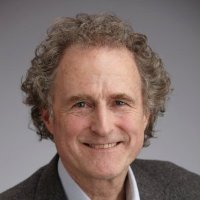 Roger Anunsen has degrees in political science, business and economics and, after earning his Juris Doctorate, built a 26-year legal career in which he led litigation efforts on behalf of wildlife, authored articles on family farm law and served as co-chair of the Oregon Medical Association/Oregon State Bar Legal-Medical Committee. Roger Anunsen has degrees in political science, business and economics and, after earning his Juris Doctorate, built a 26-year legal career in which he led litigation efforts on behalf of wildlife, authored articles on family farm law and served as co-chair of the Oregon Medical Association/Oregon State Bar Legal-Medical Committee. |
| 11:30 a.m.–12:30 p.m. | “Applying the Research: The Neurochemistry of Music,” Roger Anunsen [Solveig Holmquist], Kaneko Auditorium Music & the Brain is still one of the hottest topics in non-pharmaceutical cognitive intervention research. So, what’s in it for us? A global effort is underway to better understand how to harness music’s health and wellness benefits. This second session will focus on the NeuroChemical Cascade Theory with spotlights on: • “The Neurochemistry of Music” pioneered by Daniel Levitin, author of “This is Your Brain on Music” (2007) and • How music can lead to positive neuroplasticity such as those documented in “The Brain’s Way of Healing” (2015) by Dr. Norman Doidge. A growing number of research teams are now translating these emerging scientific insights into practical programs which could soon provide our health care providers with powerful tools for cost-effective, strategic delivery of music as an integral part of every wellness program. Highlights will include true stories of interventions including Dr. Dean Brooks, Ignatius “Iggy” Wolfe and Henry, the inspiring star of the award-winning documentary "Alive Inside." This session will conclude with a discussion about why music interventions may soon become real-life blueprints beyond music with other non-pharmaceutical, sensory-based cognitive interventions. Roger will share examples from “Cognitive Activity Design,” his first-in-the-nation college course that he created in 2014. |
| 1:30–2:30 p.m. | "Understanding Genetics: DNA, Genes, and their Real-World Applications: Our Inheritance," Prof. David Sadava [Jim McDonald], Kaneko Auditorium
We use it routinely to cure diseases, solve crimes, and reunite families. Yet we've known about it for only 60 years. And what we're continuing to learn about it every day has the potential to transform our health, our nutrition, our society, and our future. What is this powerful mystery? From earliest history, humans have bred plants and animals for desirable and productive traits. And they have wondered how it all works. Professor Sadava gives us a brief, fascinating history of genetics and introduces us to three major unifying ideas in biological science, ideas that form the cornerstone of this course. Some of you were able to preview this lecture when we used it as filler in late November. Here is a chance for those of you who missed it to see it and help us evaluate the series for possible study in the fall. David Sadava, PhD, of the City of Hope Medical Center, Claremont Colleges, is our lecturer. Our coordinator/presenter for the series is ICL member Jim McDonald |
| 2:30–3:30 p.m. | “Understanding Genetics: DNA, Genes, and their Real-World Applications: DNA in Identification–Forensics,” Prof. David Sadava [Jim McDonald], Kaneko Auditorium Genetic identification of people has been done by a variety of techniques, and the technology is expanding. This lecture will discuss ways to find the parents of a baby lost in a tsunami. The author will discuss use of phenotypes (physical manifestations of a person’s underlying DNA) and direct genetic analysis of DNA variants. Examples of phenotypic analysis will include physical appearance, the HBO blood type system and the human leukocyte antigen (HBO) system. Direct genetic analysis is a better way to achieve identification. Professor Sadava will explain short tandem repeats (STR’s) and their very high specificity in identification. The lecture will include historical examples of DNA identification, including proving the family connection of a Ghanaian immigrant, tracking down a rapist in Leicestershire, and identifying the bones of Tsar Nicholas II and his family. Please note another session using this series scheduled on February 16. We will use these two sessions to evaluate the potential use of this series for an indepth look at the topic in the Fall. |


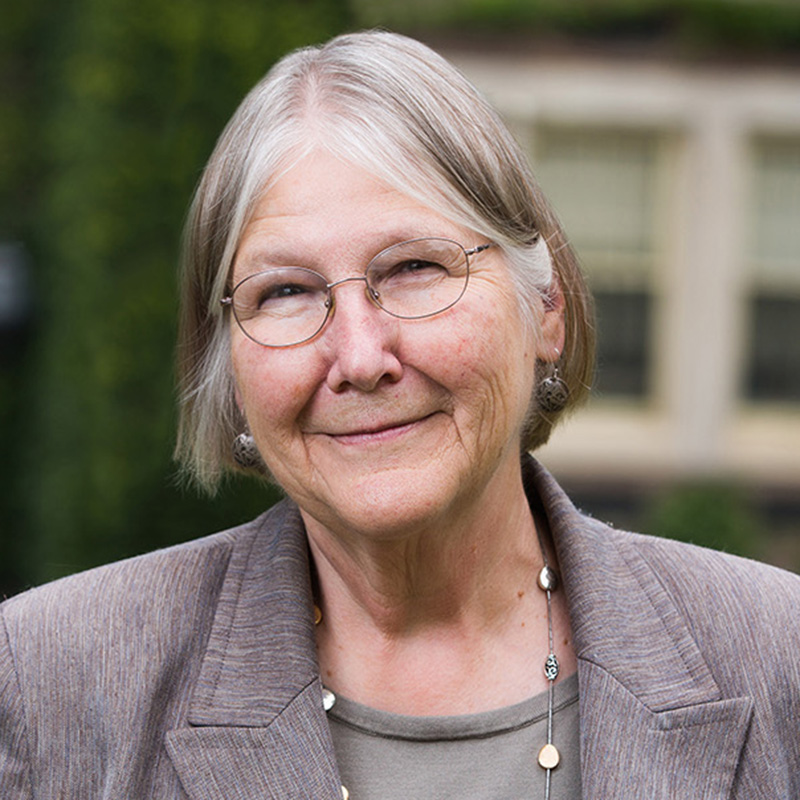 To welcome us back to this wonderful university for Spring Semester we will hear from Dr. Carol Long, Senior Vice President for Academic & Student Affairs; Administrative Emeriti [sic] Academic Affairs. This is a special treat for ICL members to also welcome back to Willamette a long-time friend of our group.
To welcome us back to this wonderful university for Spring Semester we will hear from Dr. Carol Long, Senior Vice President for Academic & Student Affairs; Administrative Emeriti [sic] Academic Affairs. This is a special treat for ICL members to also welcome back to Willamette a long-time friend of our group.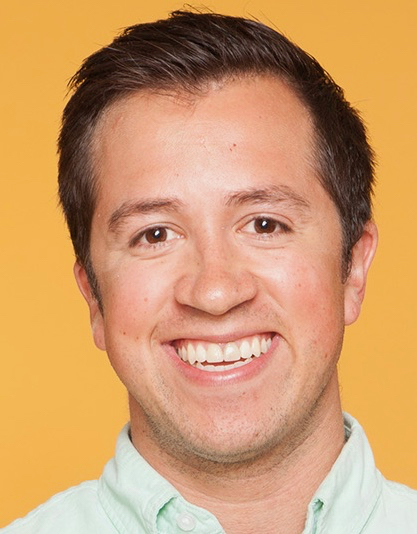 Willamette Academy reaches out to historically underrepresented communities by empowering youth who have the desire and potential to advance to higher education. We welcome Emillio Solano, the new Academy Director. In her announcement of his selection, the Dean of the College of Liberal Arts, Dr. Ruth Feingold, stated "I’m delighted to announce that Emilio Solano ’09 has accepted our offer to become the new executive director of Willamette Academy. Emilio is not only a graduate of the CAS, but also a former Willamette Academy tutor; moreover, his brother, Nicholas ’11, was a member of the Academy’s inaugural cohort before attending Willamette himself."
Willamette Academy reaches out to historically underrepresented communities by empowering youth who have the desire and potential to advance to higher education. We welcome Emillio Solano, the new Academy Director. In her announcement of his selection, the Dean of the College of Liberal Arts, Dr. Ruth Feingold, stated "I’m delighted to announce that Emilio Solano ’09 has accepted our offer to become the new executive director of Willamette Academy. Emilio is not only a graduate of the CAS, but also a former Willamette Academy tutor; moreover, his brother, Nicholas ’11, was a member of the Academy’s inaugural cohort before attending Willamette himself."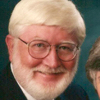 Bill Blitz
Bill Blitz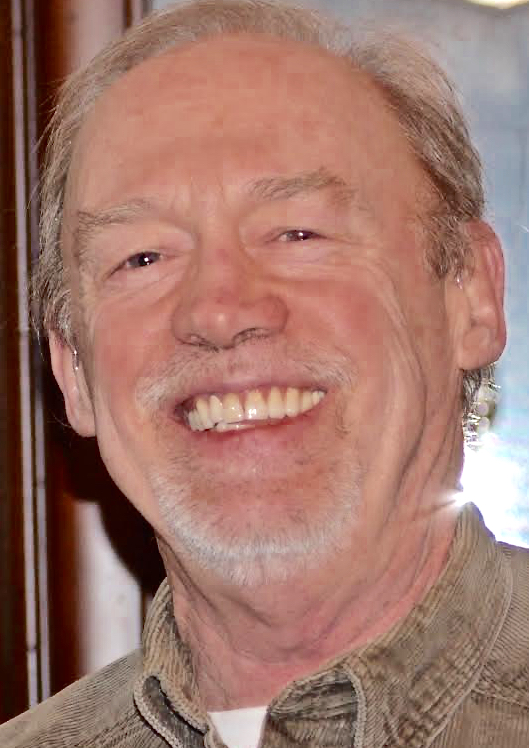 Danny Schaffer
Danny Schaffer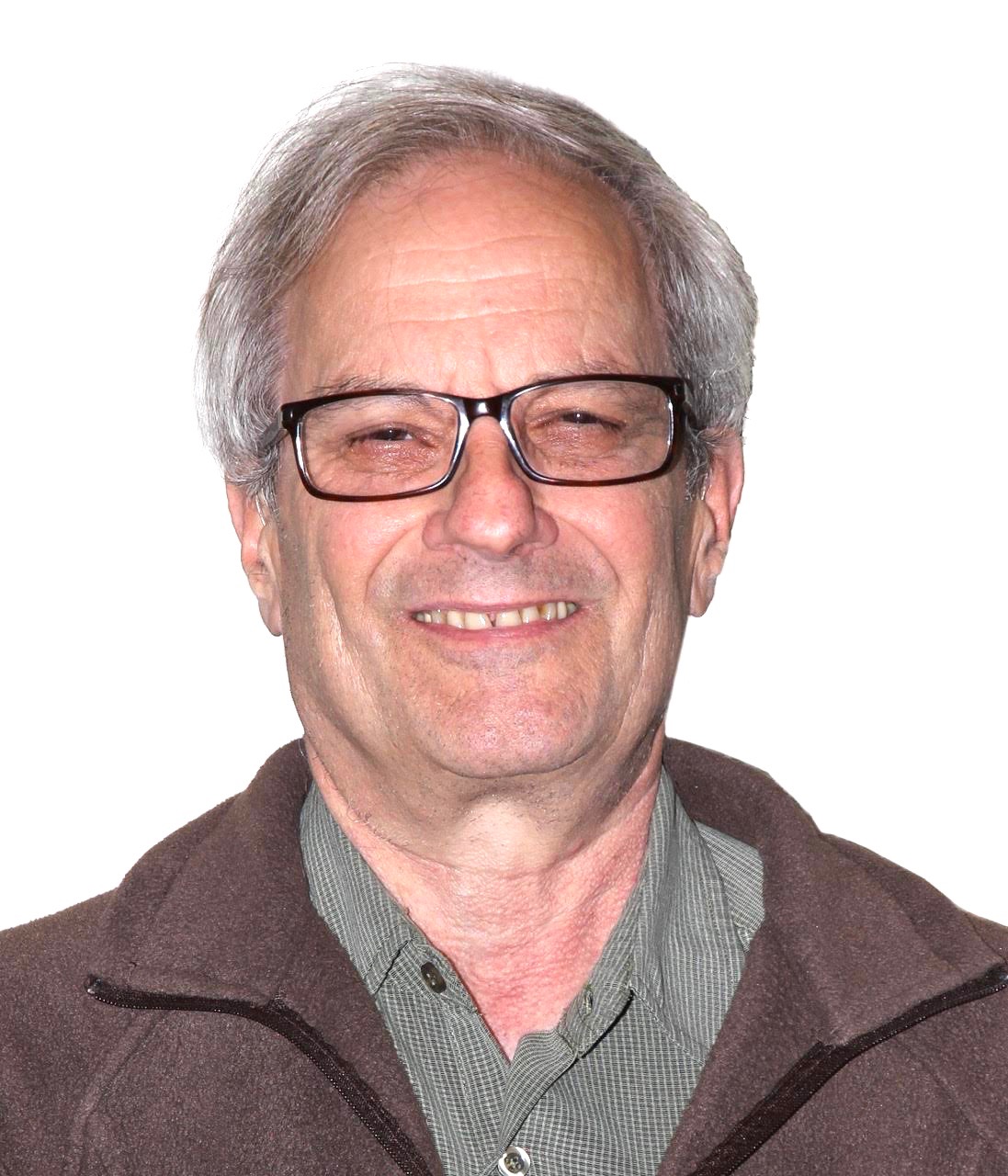
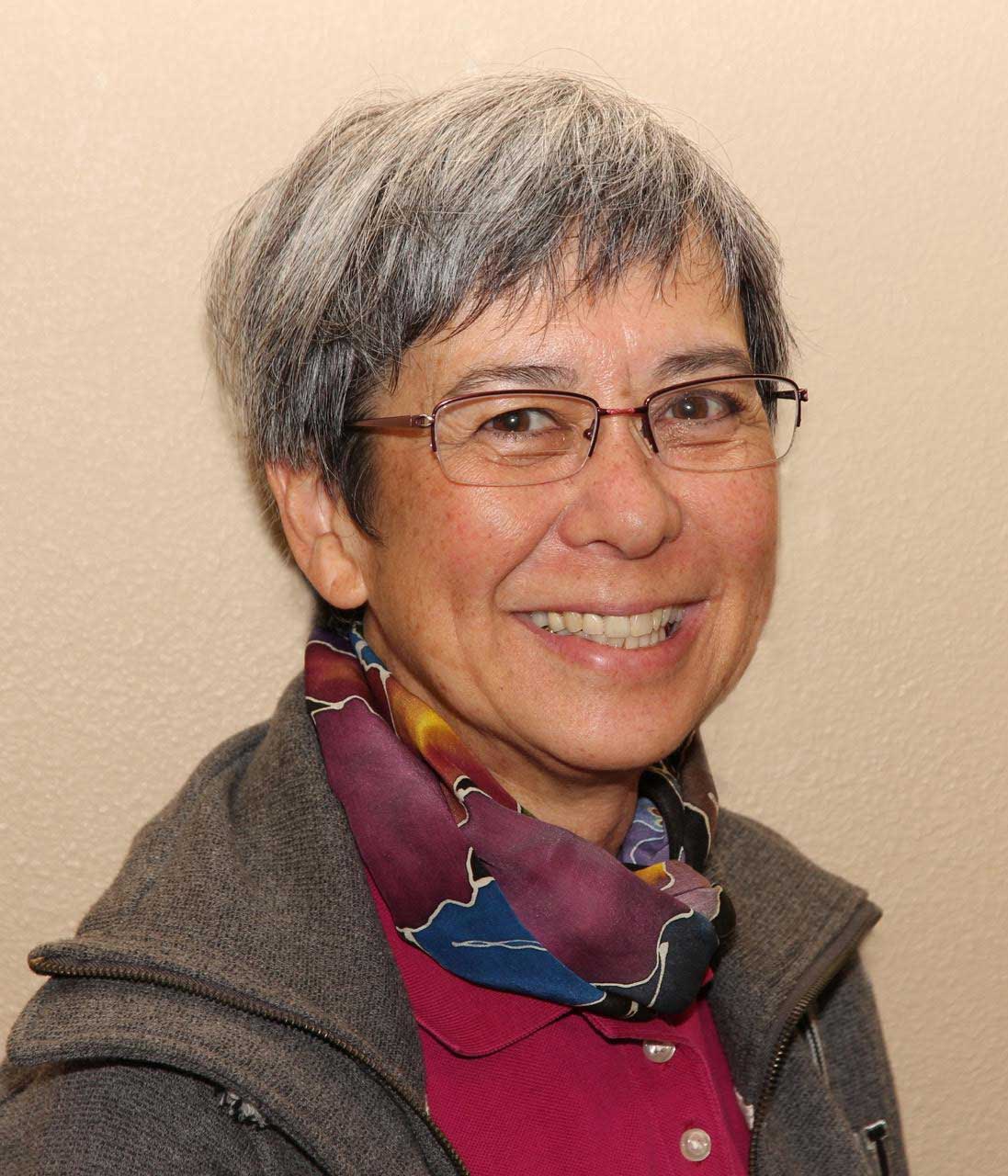 Carol Moeller
Carol Moeller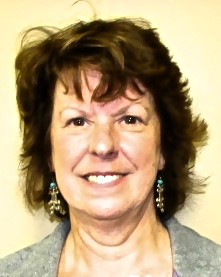 Lester Reed
Lester Reed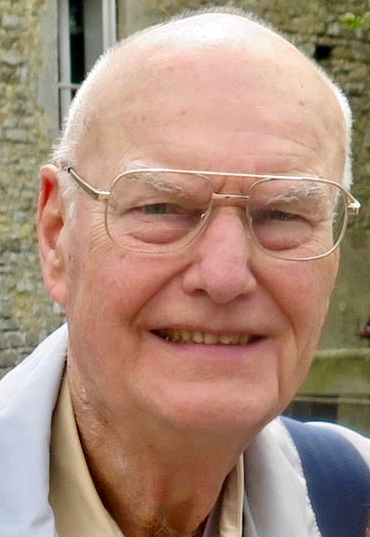
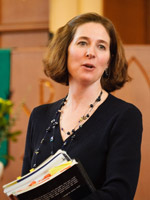 Cynthia McGladrey holds a Master of Music in vocal performance at the University of Oregon and a Bachelor’s Degree in choral education at Portland State University. She is a licensed Andover Educator/Body Mapping specialist for musicians. Cynthia teaches Body Mapping for musicians with choirs, solo vocalists, instrumentalists and handbell ringers at retreats and workshops throughout the Northwest. She is a recently emeritus instructor of studio voice, assistant choral director, director of Handbell Ringers, and Body Mapping for Musicians educator at George Fox University.
Cynthia McGladrey holds a Master of Music in vocal performance at the University of Oregon and a Bachelor’s Degree in choral education at Portland State University. She is a licensed Andover Educator/Body Mapping specialist for musicians. Cynthia teaches Body Mapping for musicians with choirs, solo vocalists, instrumentalists and handbell ringers at retreats and workshops throughout the Northwest. She is a recently emeritus instructor of studio voice, assistant choral director, director of Handbell Ringers, and Body Mapping for Musicians educator at George Fox University. 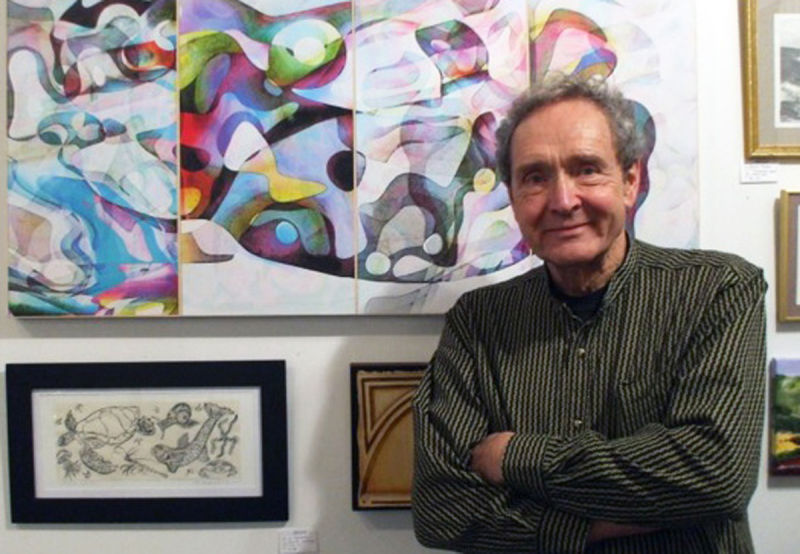
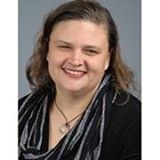 CM Hall, Ed.M. teaches LGBTQ Studies at Western Oregon University. She is also a nationally certified sign language interpreter and also teaches DeafBlind Interpreting courses. She holds a bachelor's from Western’s ASL/English Interpreting program and a Master's from Oregon State University in Higher Education Administration.
CM Hall, Ed.M. teaches LGBTQ Studies at Western Oregon University. She is also a nationally certified sign language interpreter and also teaches DeafBlind Interpreting courses. She holds a bachelor's from Western’s ASL/English Interpreting program and a Master's from Oregon State University in Higher Education Administration.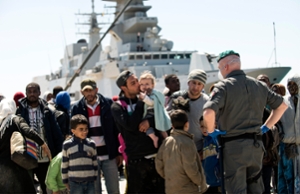 As a record number of migrants cross the Mediterranean Sea to find refuge in Europe, the continent is struggling to come up with an adequate response. Although Europe's refugees are largely fleeing conflicts in Syria, Iraq and parts of Africa, their struggle is hardly unique. Today, with the number of displaced people at an all-time high, a number of world powers find themselves facing a difficult question: how can they balance border security with humanitarian concerns? More important, what can they do to resolve these crises so as to limit the number of displaced persons?
As a record number of migrants cross the Mediterranean Sea to find refuge in Europe, the continent is struggling to come up with an adequate response. Although Europe's refugees are largely fleeing conflicts in Syria, Iraq and parts of Africa, their struggle is hardly unique. Today, with the number of displaced people at an all-time high, a number of world powers find themselves facing a difficult question: how can they balance border security with humanitarian concerns? More important, what can they do to resolve these crises so as to limit the number of displaced persons?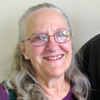 ICL member Jeanette Flaming will be leading the discussion. Jeanette is a long-time leader of the Great Decisions program for ICL and has extensive involvement in Human Rights issues throughout the world.
ICL member Jeanette Flaming will be leading the discussion. Jeanette is a long-time leader of the Great Decisions program for ICL and has extensive involvement in Human Rights issues throughout the world.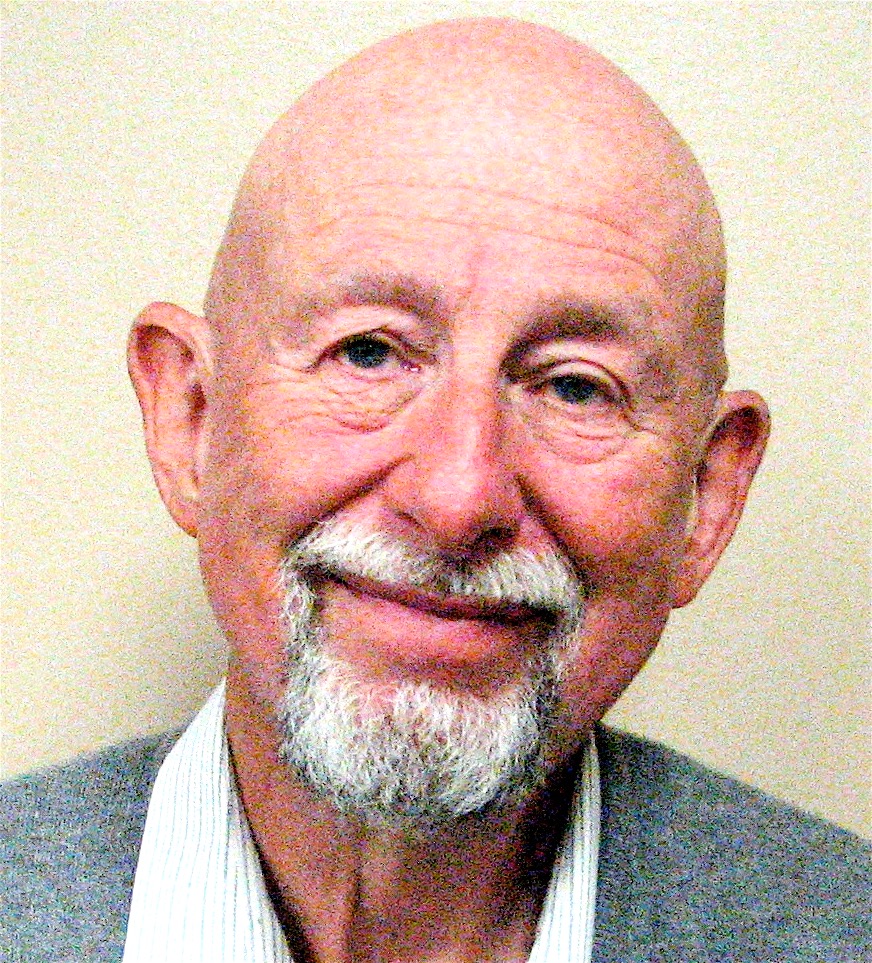 Recently ICL member Ken Ash had a burst of creative energy while pondering the question "What is the Known World?" His answer will take us on a journey through time utilizing mythology, history, astronomy and cosmology. We will examine the expanding "Known World" from prehistory through this morning, with a few side excursions.
Recently ICL member Ken Ash had a burst of creative energy while pondering the question "What is the Known World?" His answer will take us on a journey through time utilizing mythology, history, astronomy and cosmology. We will examine the expanding "Known World" from prehistory through this morning, with a few side excursions.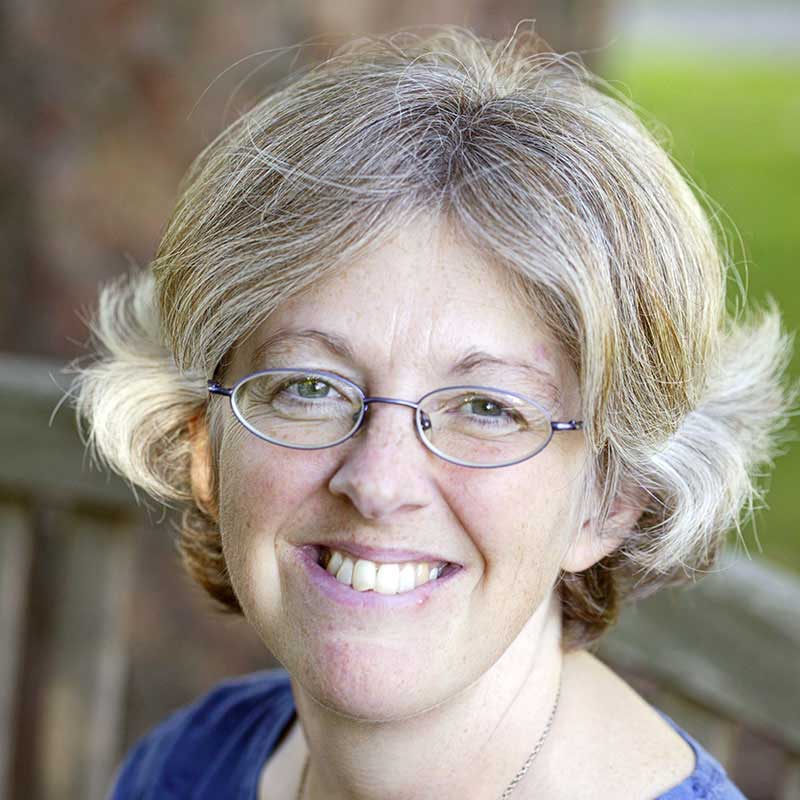 Susan M. (Sue) Koger is Professor of Psychology at Willamette University, where she has taught since 1993. Sue is a co-author of Psychology for Sustainability (4e; Scott, Amel, Koger & Manning, 2016), and its two preceding editions, The Psychology of Environmental Problems (Koger & Winter, 2010; Winter & Koger, 2004), and writes and lectures broadly on the pedagogical integration of Psychology and Environmental/Sustainability Studies.
Susan M. (Sue) Koger is Professor of Psychology at Willamette University, where she has taught since 1993. Sue is a co-author of Psychology for Sustainability (4e; Scott, Amel, Koger & Manning, 2016), and its two preceding editions, The Psychology of Environmental Problems (Koger & Winter, 2010; Winter & Koger, 2004), and writes and lectures broadly on the pedagogical integration of Psychology and Environmental/Sustainability Studies.